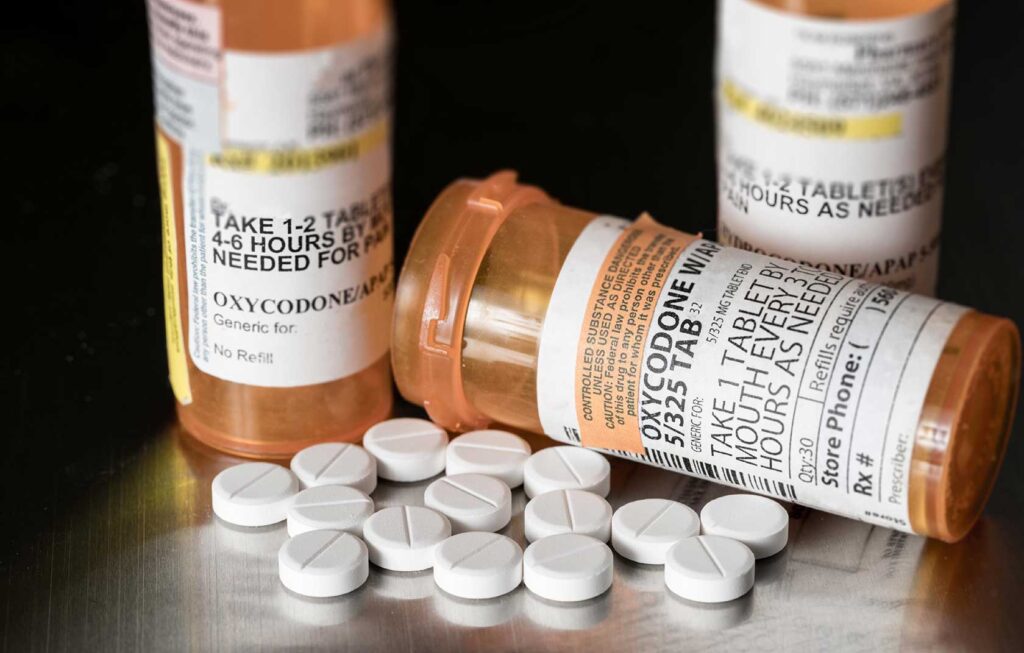
Opioid overdose deaths among communities of color across the state rose in 2023, even as the number of deaths overall saw its biggest drop in over a decade, according to new statistics from the state Department of Public Health.
Statewide, confirmed deaths due to opioid overdoses dropped by 232, since 2022 — that year saw 2,357 fatal opioid-related overdoses, a record for the state. The drop, about a 10% change, was the largest decline in the space of a single year since 2010.
Much of that decline came from fewer deaths among white, non-Hispanic men, whose overdose death rate dropped by 16%. Among Black, non-Hispanic men — among whom the rate of overdose deaths was already nearly twice as high — the rate rose 5.75%.
“I’m not surprised at all that those rates continue to be high,” said Greg Davis, whose Nubian-Square-based nonprofit Metro Boston Alive aims to connect community members starting or continuing their recovery with services and supports.
In a written statement, Dr. Bisola Ojikutu, executive director of the Boston Public Health Commission, said the new statistics are a reminder that more work is needed to address the crisis, and that those living with substance use disorder should make sure to take steps to mitigate harm, like having naloxone — also known as Narcan — on hand and not using while alone.
“The increase in drug overdose deaths in Boston, particularly among Black and Latinx residents, emphasizes the urgent need for interventions across the city in overdose prevention and substance use treatment,” she said. “As the Commission uses new investments to address this crisis, residents need to understand the dangers of all drug use.”
State officials, too, said more steps are needed to address the crisis, but the overall decrease was a positive.
“While we are encouraged by the overall decrease in overdose deaths, this report also is a reminder of the work that we still need to do to bring deaths down for all people and all areas of the state,” said Gov. Maura Healey in a written statement.
Statistics from the city’s public health commission, in a new report, also found communities of color are hit harder by opioid overdose deaths. In 2022 — the most recent numbers the city released — Black residents died in overdose-related deaths at a rate over 1.5 times greater than that for the city overall. The rate for Latinx residents was about 1.3 times greater.
That report found that Roxbury, northern areas in Dorchester and the South End — the areas closest to Mass and Cass — saw the greatest rate of overdose deaths, though the rest of Dorchester, East Boston, Charlestown and South Boston also saw rates higher than the city overall.
The new data comes as, in recent months, the city has taken steps they say will help reduce overdose deaths. Much of that effort is being funded by settlements with opioid manufacturers.
In April, the Boston Public Health Commission launched a one-time community overdose response grant program, offering $1 million in total to community-based organizations across the city that are already working to address overdose deaths in Boston.
Funding through that program includes a focus on educating people about overdoses and drug use, as well as on providing connections to treatment programs and support to access naloxone to treat opioid overdoses.
That grant will largely focus efforts in the city’s Black and Latinx communities.
Separately, in February, the city announced a $250,000 family support fund that will distribute aid to families whose loved ones died due to the opioid crisis.
Davis said efforts to support community-based organizations and their efforts to address the crisis, like through the city’s new grant program, are key in working to reduce overdose deaths, but he’s still waiting to see any impact from the program.
“It takes a village to raise a child. That model is what we should be doing around this opioid crisis,” Davis said. “Everyone should be at the table — not just the ministers at the church, not just the ones who are at the major health centers. You’ve got to get the grassroots folks at that table too. You’ve got to get some folks who have lived experiences at that table as well.”
Announced in April, the window for organizations to submit proposals for funding closed last week. According the request for proposals, the public health commission expects to notify selected organizations of its funding decisions by the end of July.






